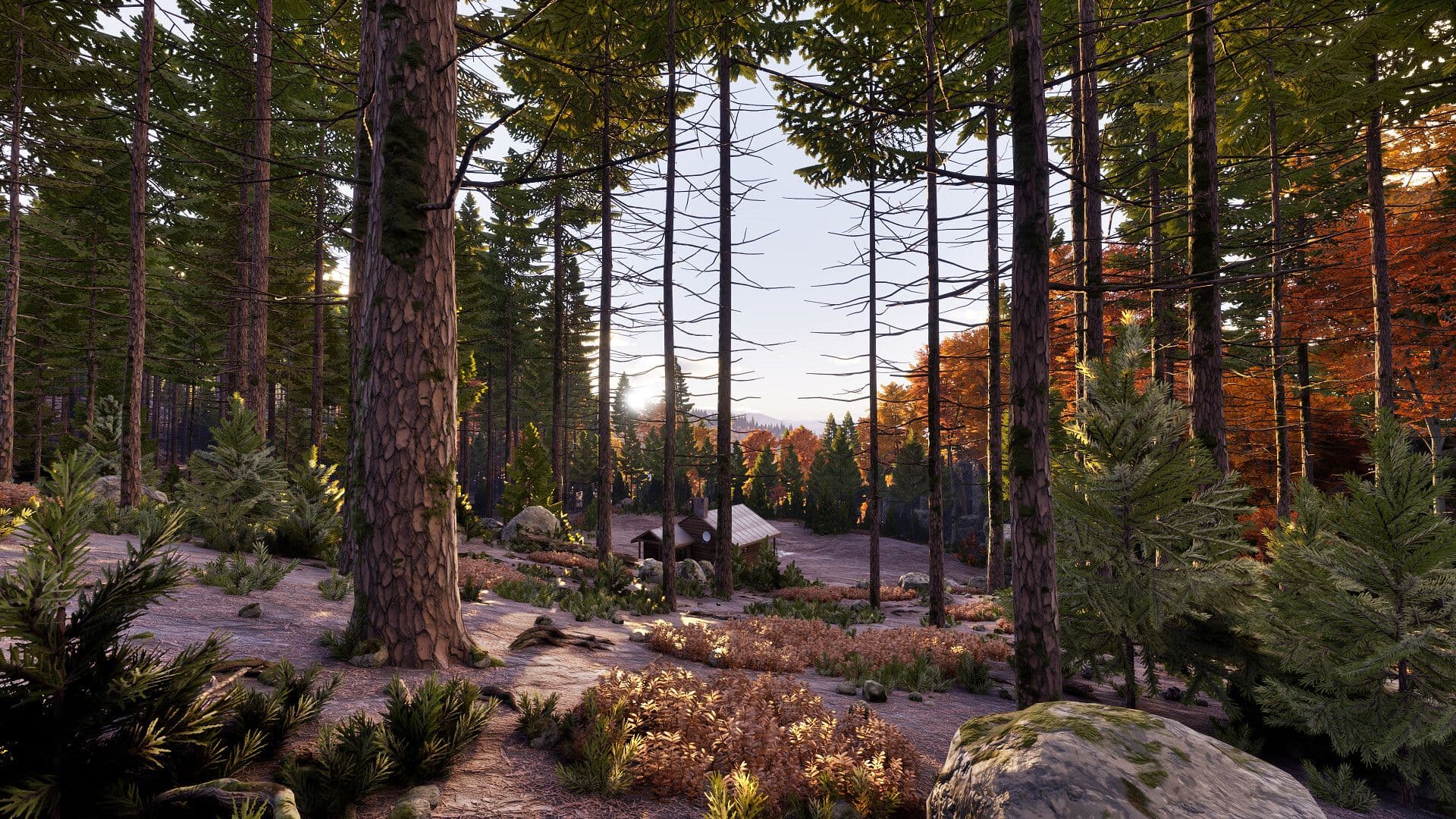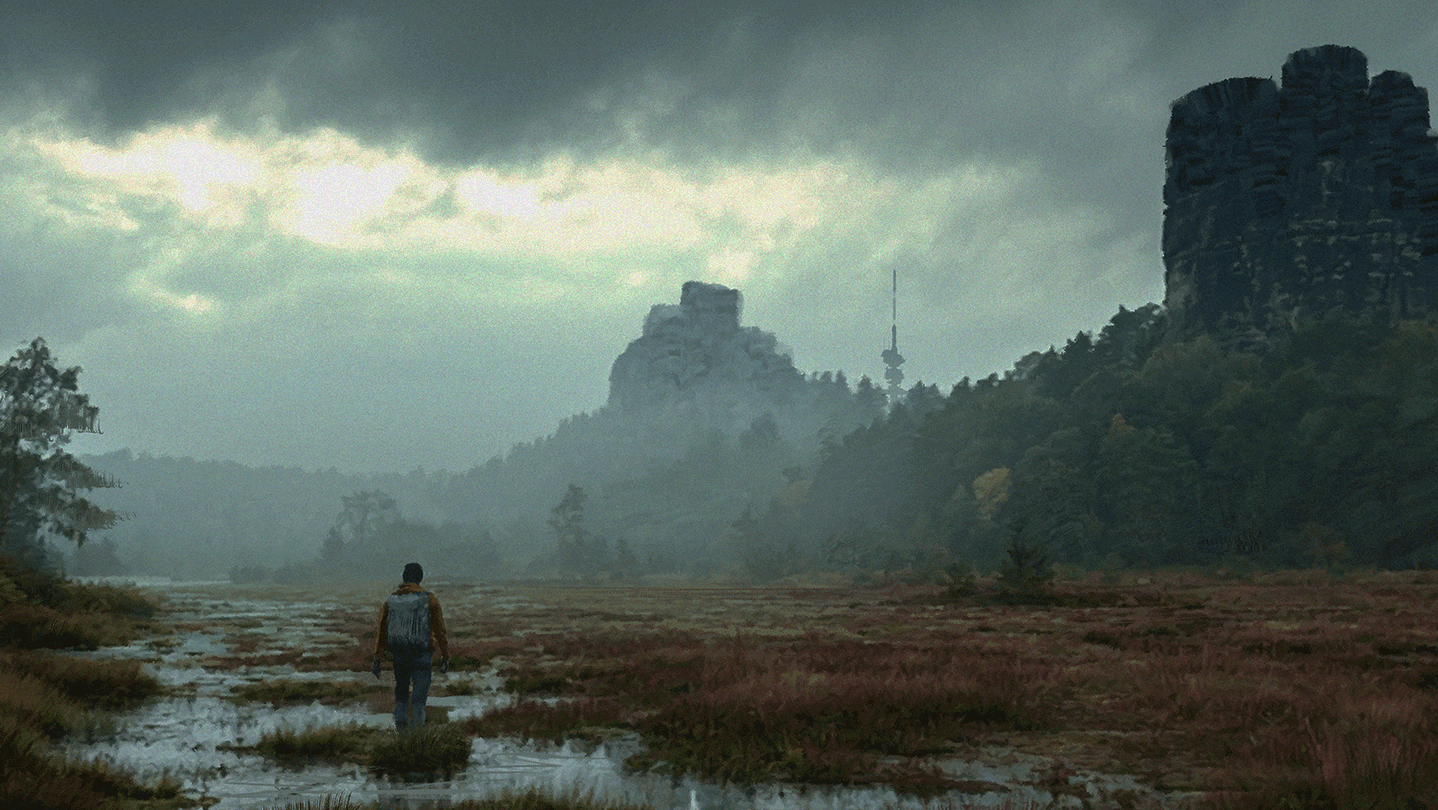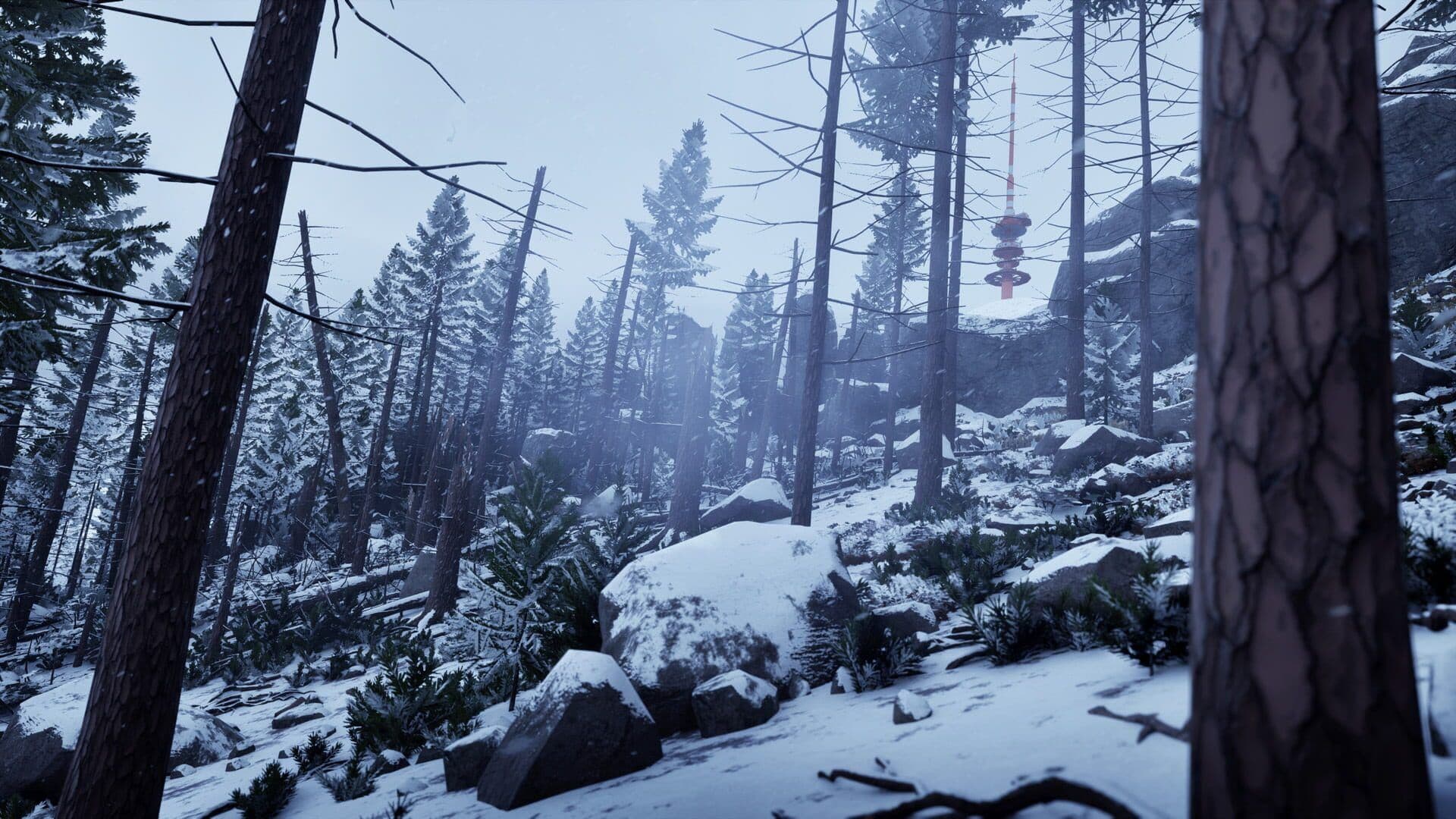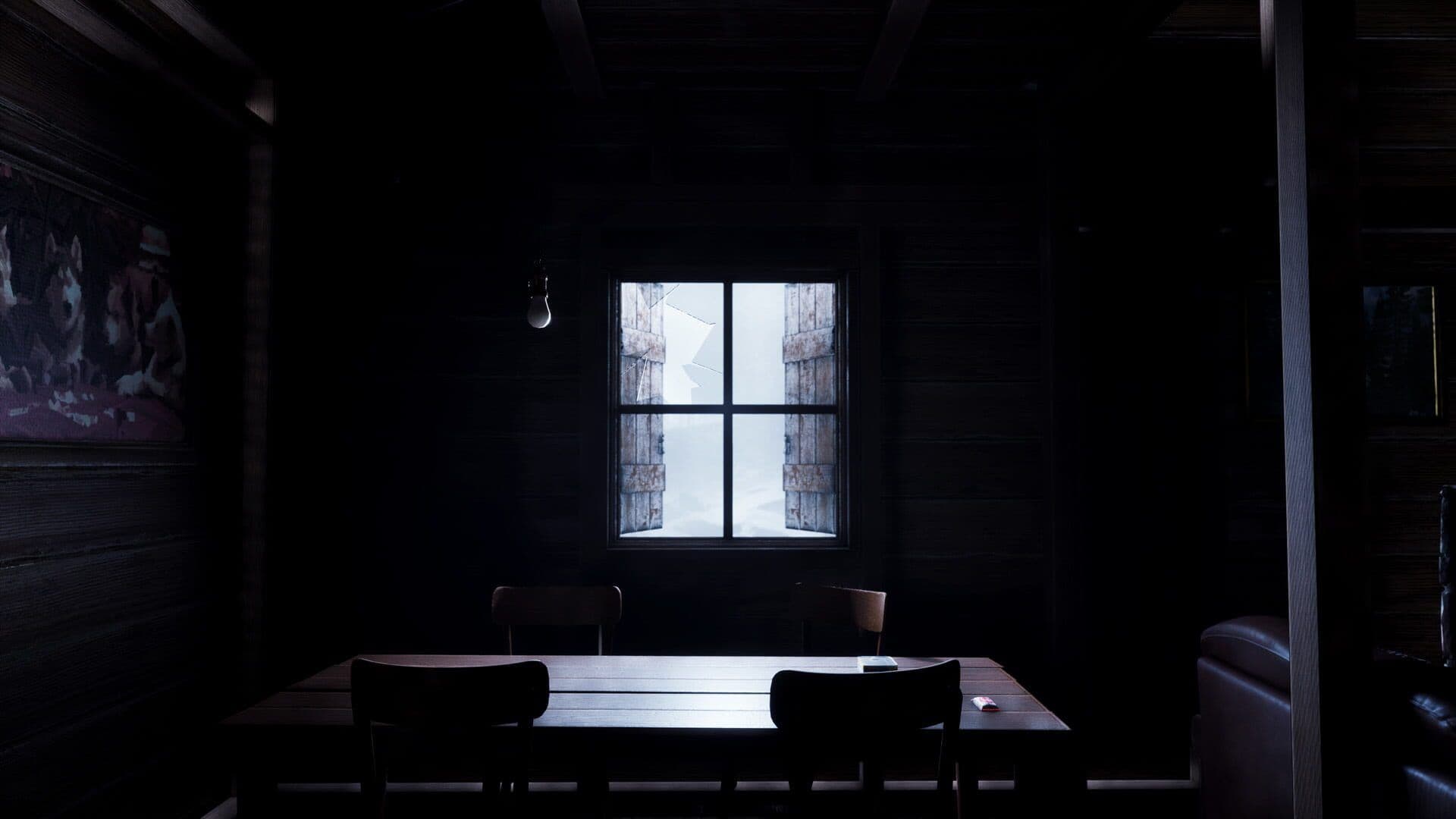Overview
Prologue: Go Wayback! represents a fascinating evolution in survival game design, blending roguelike unpredictability with open-world exploration mechanics. The game centers on creating unique wilderness experiences through procedural generation, ensuring that no two journeys follow the same path. Players must master environmental navigation, resource management, and adaptive survival strategies while charting their course through ever-changing landscapes.
The core gameplay loop revolves around preparation, exploration, and adaptation. Each new expedition begins with careful planning as players assess the generated terrain ahead, gathering essential supplies and plotting potential routes. The wilderness itself becomes both adversary and ally, presenting natural obstacles that require creative problem-solving and environmental awareness. Weather patterns, terrain features, and resource distribution shift with each playthrough, demanding flexible survival approaches.
What distinguishes this title from conventional survival games lies in its emphasis on journey over destination. Rather than building permanent settlements or accumulating persistent resources, players focus on the immediate challenges of traversal and environmental adaptation. This design philosophy creates a more focused survival experience where every decision carries weight and consequences unfold organically through player choices.

Prologue: Go Wayback!
Innovation in Procedural Wilderness Design
The procedural generation system creates authentic wilderness environments that feel naturally formed rather than algorithmically constructed. Terrain features flow logically into one another, creating believable ecosystems where wildlife, vegetation, and geological formations interact in realistic ways. Rivers carve through valleys, forests cluster around water sources, and mountain ranges create natural barriers that influence weather patterns and animal migration.

Prologue: Go Wayback!
This environmental authenticity extends to the game's approach to navigation and wayfinding. Traditional minimap systems give way to more naturalistic orientation methods, encouraging players to develop genuine wilderness skills. Landmarks become crucial reference points, while natural phenomena like star positions and wind patterns provide directional guidance for those observant enough to notice these subtle cues.
The roguelike elements integrate seamlessly with the survival mechanics, creating scenarios where adaptability becomes more valuable than memorization. Players cannot rely on learned routes or cached supplies, instead developing transferable skills that apply across different generated worlds. This approach rewards genuine understanding of survival principles over route optimization or exploit discovery.
What Makes Each Journey Unique?
The emergent storytelling system allows player actions and environmental factors to create narrative moments organically. A sudden storm might force an unplanned detour through dangerous terrain, leading to unexpected discoveries or challenging survival scenarios. Wildlife encounters, weather events, and terrain challenges combine in countless permutations, ensuring that each expedition feels like a distinct adventure.

Prologue: Go Wayback!
Environmental storytelling plays a significant role in creating these unique narratives. Abandoned campsites, unusual rock formations, or unexpected clearings in dense forest areas hint at stories without explicitly defining them. Players fill in narrative gaps through their own interpretations and experiences, creating personal connections to the wilderness that extend beyond simple survival mechanics.
The charting system encourages documentation and reflection on each journey. Players can mark significant locations, note successful routes, and record observations about environmental patterns. This documentation becomes both a practical tool for future expeditions and a personal record of adventures undertaken, building a sense of progression that transcends individual playthroughs.
Technical Achievement and Platform Integration
The game leverages modern rendering techniques to create visually stunning wilderness environments that maintain performance across different hardware configurations. Dynamic weather systems, realistic lighting cycles, and detailed vegetation create immersive outdoor environments without sacrificing gameplay responsiveness. The technical foundation supports the procedural generation system while ensuring smooth exploration experiences.

Prologue: Go Wayback!
Cross-platform availability through Steam and Epic Games ensures broad accessibility for PC players interested in this unique survival experience. The early access approach allows the development team to refine core mechanics based on player feedback while maintaining the game's central vision of authentic wilderness exploration.
System Requirements
Conclusion
Prologue: Go Wayback! offers a refreshing perspective on survival gaming through its emphasis on exploration, adaptation, and emergent storytelling. The combination of procedural generation, authentic wilderness simulation, and roguelike progression creates a survival experience that prioritizes journey over destination. For players seeking genuine wilderness adventure without the repetition common in traditional survival titles, this innovative approach to open-world exploration provides compelling reasons to venture into the unknown.







